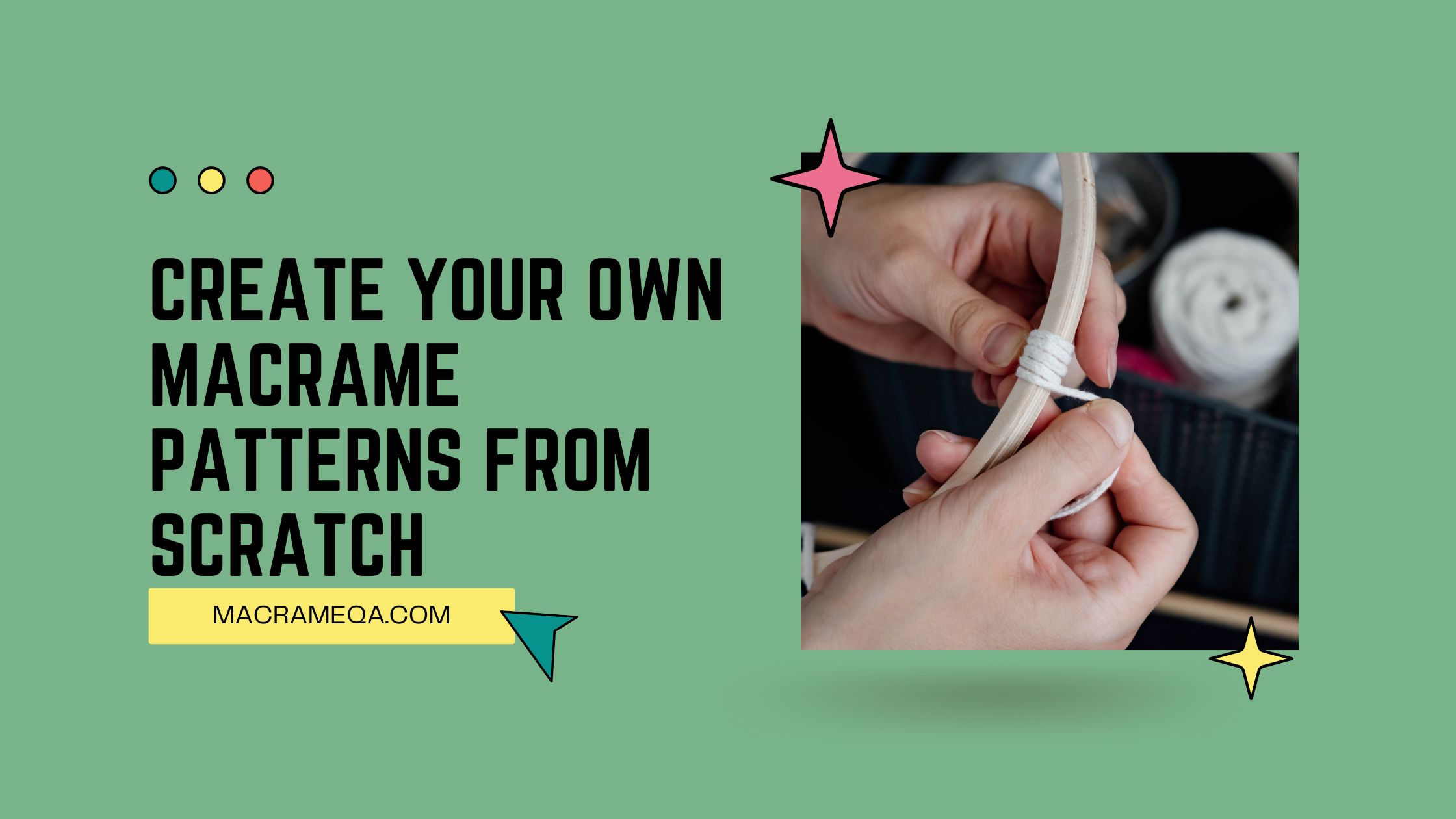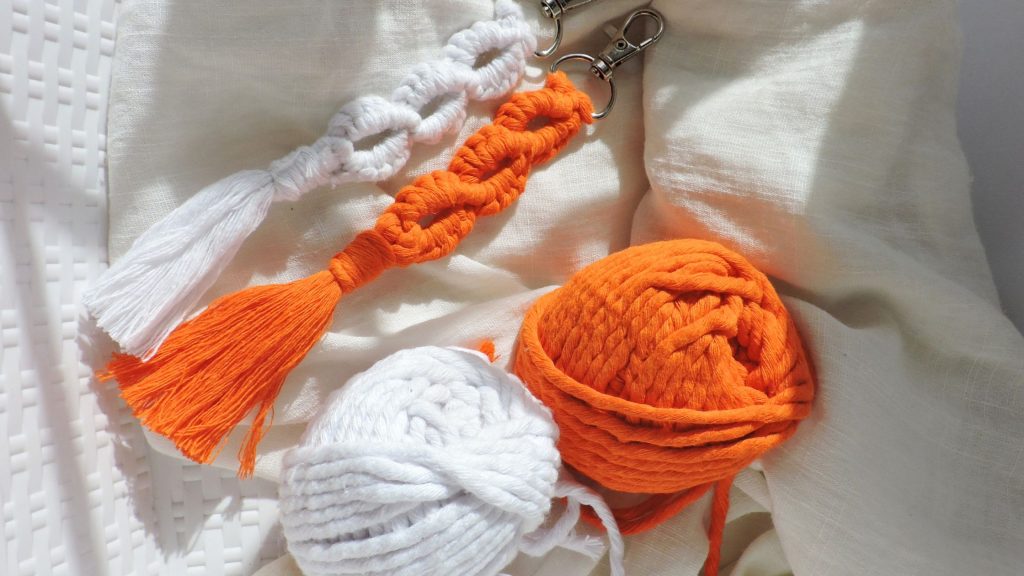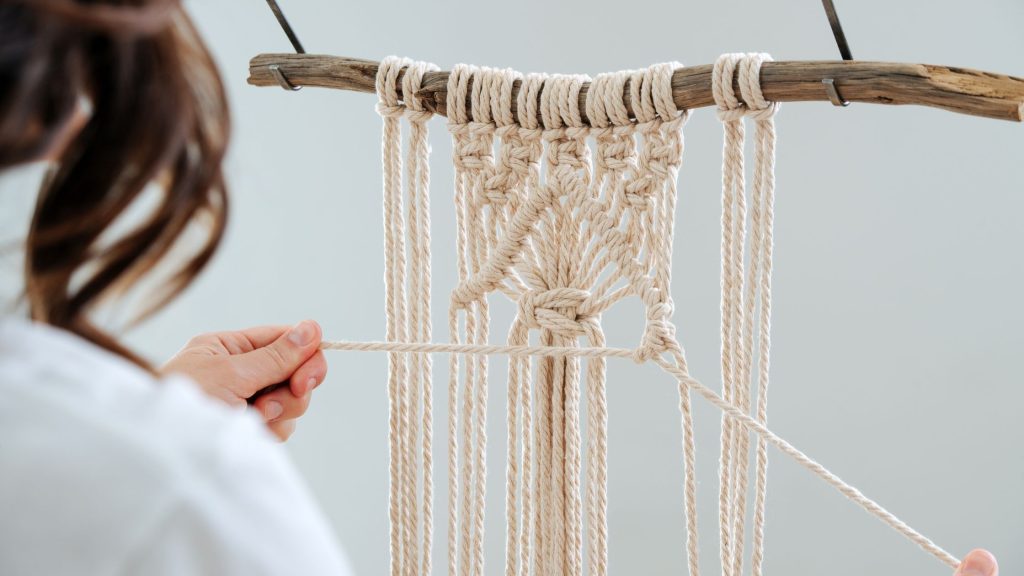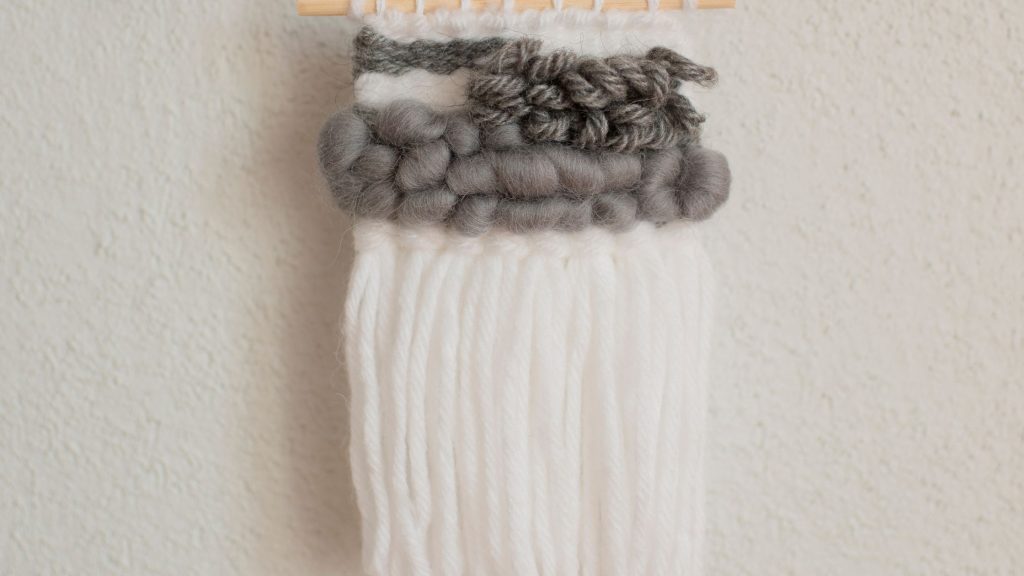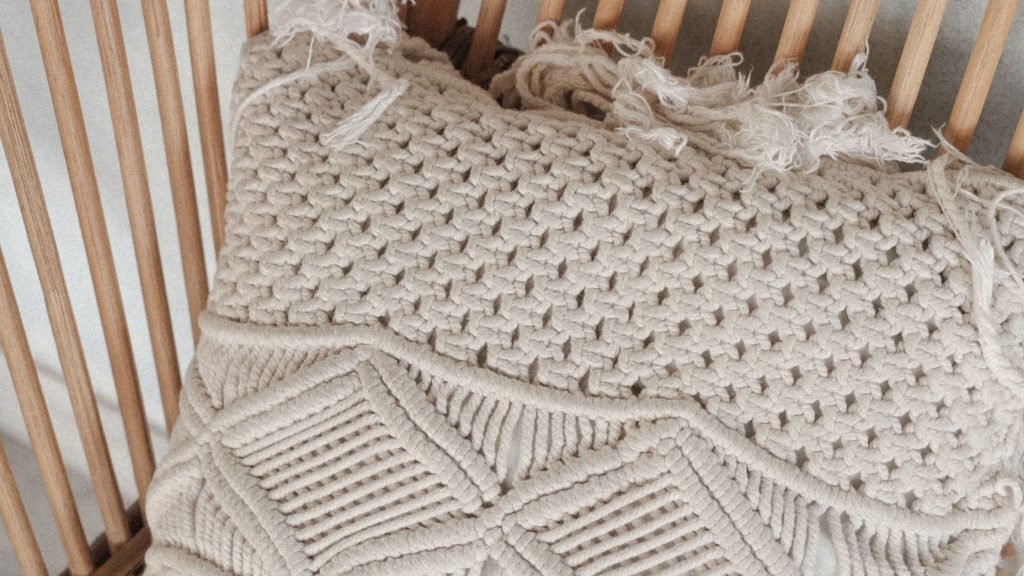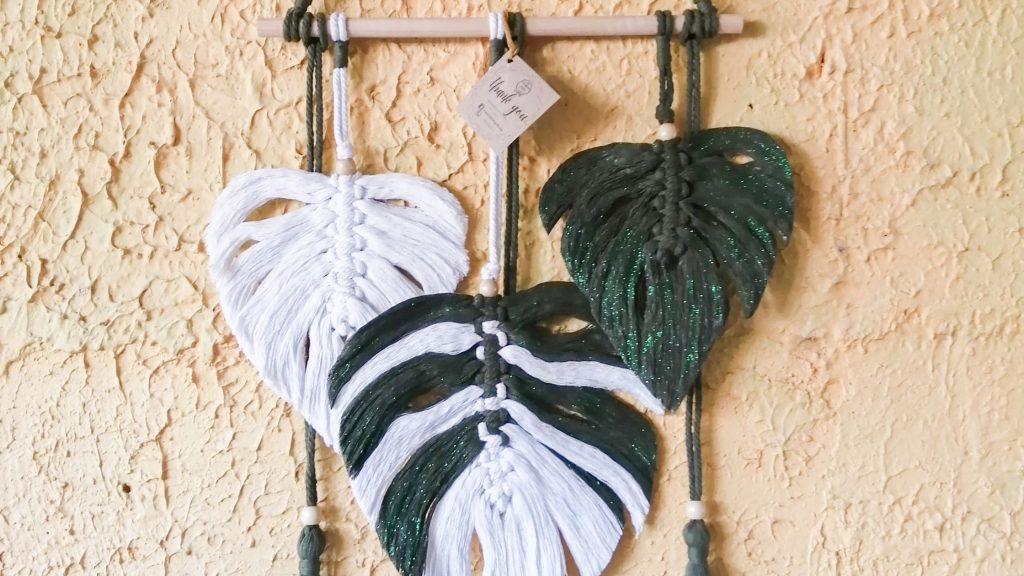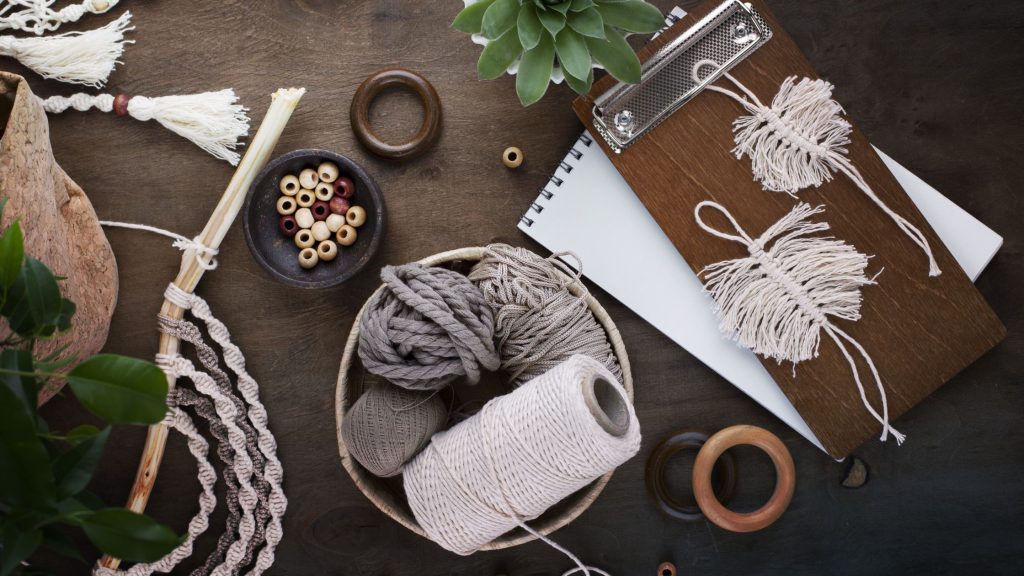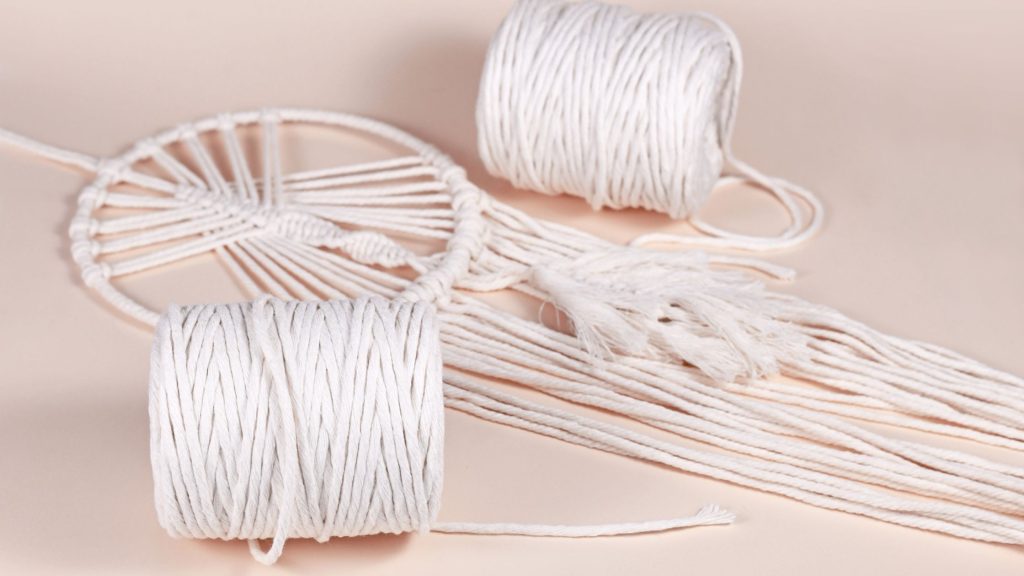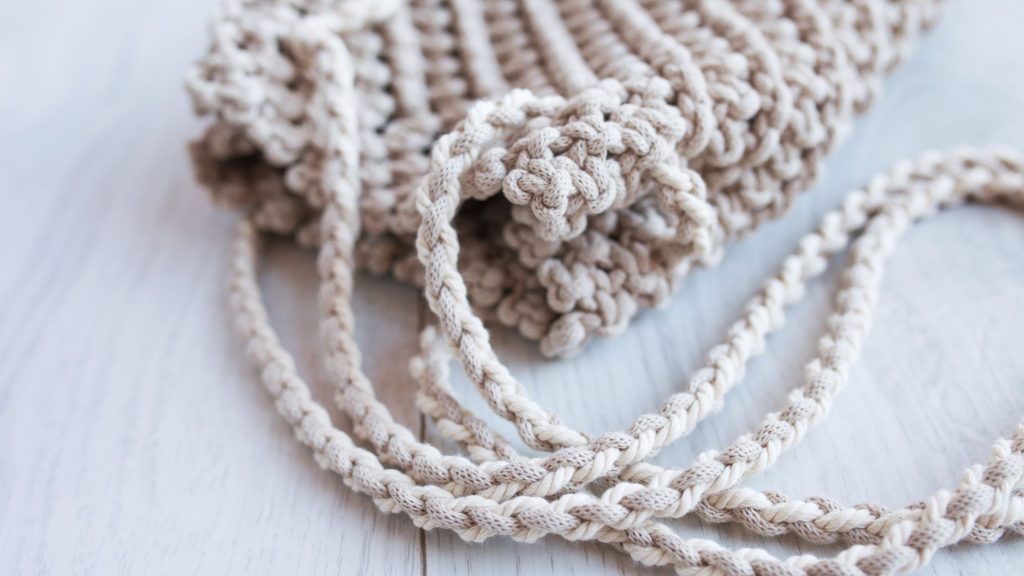Are you a fan of macrame and looking to take your skills to the next level? In this article, we will guide you through the process of creating your macrame patterns from scratch. Whether you’re a beginner or an experienced macrame artist, this step-by-step tutorial will show you how to design unique and personalized patterns that reflect your style and creativity. So grab your macrame cord and let’s get started on this exciting journey of pattern creation!
Choosing Materials To Create Macrame Patterns From Scratch
When it comes to macrame, choosing the right materials is crucial for a successful project. The first step in selecting materials is finding the right type of macrame cord. There are various options available, such as cotton, jute, nylon, and polyester. Consider the texture and appearance you desire for your macrame piece, as different cords will give different effects. For a natural and rustic look, jute or cotton cords may be your best choice. On the other hand, if you prefer a sleek and modern finish, polyester or nylon cords might be more suitable.
In addition to cord type, consider the thickness and color of the cord. Thicker cords create a bolder and more substantial look, while thinner cords can result in delicate and intricate designs. Think about the overall aesthetic you want to achieve and choose the cord thickness accordingly. As for color, a neutral palette can create a timeless and versatile piece, while bold and vibrant colors can add a unique and eye-catching touch to your macrame artwork. Ultimately, the choice of cord thickness and color depends on your personal preference and the intended style of your project.
Determining the length of the cord needed is another important aspect of materials selection. To avoid running out of cords mid-project, it’s best to calculate the length needed beforehand. Measure the length of your macrame design, taking into account any add-ons or extensions you plan to incorporate, and add a few extra feet for safety. It’s always better to have more cord than you need than to be left short-handed. So take your time and carefully estimate the length required to bring your macrame vision to life.
Understanding Basic Macrame Knots
Once you have your materials ready, it’s time to dive into the world of macrame knots. Learning and mastering basic knots is essential for creating any macrame pattern. One of the most fundamental knots is the square knot. This knot forms the foundation of many macrame designs and is created by overlapping two sets of cords and weaving them over and under each other. Practice this knot until you feel comfortable with its execution, as it will serve as the building block for more intricate patterns.
Another knot to master is the half-hitch knot. This simple knot is created by taking one cord and looping it around another, then pulling it through the loop to create a knot. The half-hitch knot can be used to create various decorative patterns in macrame. Experiment with different placements and arrangements to create unique designs.
For those looking to expand their skill set, the double half hitch knot is a more complex knot worth exploring. As the name suggests, this knot involves two half-hitch knots made on the same cord. By using multiple double half-hitch knots in succession, you can create beautiful spiral or zigzag patterns in your macrame designs.
Designing Your Macrame Pattern
Now that you have a grasp on the basic knots, it’s time to start designing your macrame pattern. Before diving into the creative process, it’s important to set your intention and vision for the pattern. Think about the purpose of your macrame piece and the emotions or message you wish to convey through your design. This intention will guide your artistic choices and help you create a meaningful and impactful pattern.
Once you have a clear intention in mind, sketching the pattern on paper is a great way to visualize your design. Use a pencil and paper to outline the placement of knots, the flow of cords, and any additional elements you plan to incorporate. This sketch serves as a blueprint for your macrame project and allows you to experiment with different arrangements without committing to a final design.
When designing your pattern, it’s crucial to consider the size and shape of the macrame project. Larger projects may require more time and materials to complete, so plan accordingly. Additionally, the shape of your macrame piece can greatly impact the overall aesthetic. Consider whether you want a symmetrical design, a cascading flow, or an abstract shape. By paying attention to size and shape, you can ensure that your macrame pattern aligns with your vision and fits seamlessly into your intended space.
Adding Variations and Embellishments
To make your macrame piece truly unique, consider adding variations and embellishments to your design. One way to do this is by incorporating beads or charms into your macrame pattern. These small accents can add a pop of color, texture, or even symbolism to your artwork. Experiment with different bead sizes, shapes, and materials to find the perfect match for your macrame project.
In addition to beads, experimenting with different knot combinations can take your design to the next level. By mixing and matching knots, you can create intricate textures, patterns, and even three-dimensional effects in your macrame piece. Don’t be afraid to combine square knots with half-hitch knots or layer different types of knots to create unique and visually appealing designs.
Moreover, integrating different macrame techniques can elevate your pattern and add depth to your artwork. For example, you can incorporate techniques like macrame weaving, macrame wrapping, or macrame braiding to create interesting visual elements. These techniques allow you to push the boundaries of traditional macrame and add your personal touch to your designs.
Considering Practicality and Functionality
While aesthetics are important, it’s also crucial to consider the practicality and functionality of your macrame pattern. When choosing patterns, think about how they can serve a purpose in your everyday life. Can your macrame piece be used as a wall hanging, a plant hanger, or even a curtain? By selecting patterns that serve a purpose, you can create functional and versatile macrame pieces that seamlessly blend into your home decor.
Durability and longevity should also be taken into account when designing macrame patterns. Using high-quality materials and securing knots properly can ensure that your macrame piece lasts for years to come. Consider the weight and pressure your macrame project will bear and make sure to choose a cord that can withstand the intended use. Reinforce critical points with additional knots or secure the ends with professional techniques to enhance the durability of your artwork.
If you want to adapt your macrame patterns for different uses, such as making smaller keychains or larger wall hangings, don’t hesitate to modify the size and proportions of your design. By adapting a single pattern to various sizes or adding or subtracting knots, you can create a series of macrame pieces that cater to different needs and preferences.
Creating Balance and Symmetry
Balance is key when it comes to creating visually appealing macrame patterns. Consider the overall balance of your design by distributing knots, beads, or other elements evenly throughout the piece. This will prevent your macrame from appearing lopsided or off-center. Take a step back and assess the balance of your pattern as you work on it, making adjustments as needed to achieve a harmonious composition.
Symmetry is another important design element in macrame. By using symmetry, you can create a sense of order and beauty in your patterns. Symmetrical macrame designs often have a pleasing and calming effect, making them a great choice for wall hangings or centerpieces. Experiment with mirroring your knots or incorporating repeated patterns to enhance the symmetry of your macrame artwork.
While balance and symmetry are important, don’t be afraid to play with asymmetry and intentional imbalance in your macrame designs. These techniques can create a sense of movement, dynamism, and visual interest. Use intentional imbalance to draw attention to specific areas of your artwork or to create a unique and unconventional aesthetic. Remember, there are no strict rules in macrame, and sometimes breaking the mold can lead to truly innovative and captivating designs.
Exploring Advanced Macrame Techniques
Once you feel comfortable with the basic macrame knots and designs, it’s time to explore advanced techniques to take your macrame skills to the next level. One advanced knot worth learning is the Josephine knot. This intricate knot creates a beautiful spiral pattern and adds a touch of elegance to your macrame designs. By incorporating the Josephine knot in your patterns, you can create striking focal points or decorative accents.
Macrame fringe is another advanced technique that can add texture and movement to your macrame pieces. Fringe is created by unraveling the ends of your cords to create a tassel-like effect. Experiment with different lengths and thicknesses of fringe to achieve the desired aesthetic for your macrame project. Fringe can transform a simple wall hanging into a lavish centerpiece or give a bohemian twist to your plant hangers.
If you’re interested in exploring different braiding techniques, macrame offers a wide range of possibilities. Macrame braiding can be used to create intricate and eye-catching details in your designs. By incorporating braids into your patterns, you can add complexity and depth to your macrame artwork. Play with different braiding styles, such as fishtail braids or rope braids, to discover unique and captivating effects.
Taking Inspiration from Nature and Art
When designing your macrame patterns, drawing inspiration from the world around you can lead to truly breathtaking and meaningful artwork. Look to natural elements such as plants, waves, or mountains for inspiration. Incorporate organic motifs into your patterns by replicating the shapes and textures found in nature. This will not only create visually appealing macrame pieces but also evoke a sense of tranquility and connection to the natural world.
Art is another wonderful source of inspiration for your macrame designs. Explore different art styles, such as abstract expressionism, cubism, or impressionism, and translate them into macrame patterns. Use the color palettes, shapes, and texture techniques found in various art forms to infuse your macrame artwork with a unique and artistic touch.
By combining inspiration from nature and art, you can create macrame patterns that not only showcase your creativity but also reflect your connection to the world. Let nature and art guide you in exploring new techniques, color palettes, and design concepts that will make your macrame pieces truly one-of-a-kind.
Troubleshooting and Problem-Solving
As with any craft, troubleshooting, and problem-solving are part of the journey when creating your macrame patterns from scratch. While practicing and experimenting, you may encounter common macrame mistakes such as uneven knots, twisted cords, or gaps between knots. Identifying these mistakes is the first step in fixing them. Take the time to carefully examine your macrame piece and make adjustments where needed.
If you find yourself with tangled or knotted cords, don’t panic. Slowly untangle them by gently teasing each cord apart. Being patient and gentle is key to avoiding any damage to the cord or your macrame project. You can also try using a comb or a needle to help separate and smooth out the cords if necessary.
In case you notice errors in your pattern, don’t be discouraged. Macrame allows for flexibility and adaptability. You can easily adjust the pattern to correct mistakes or create new design elements. Whether it’s adding additional knots to fill in gaps or modifying the overall structure of your macrame piece, these adjustments can turn potential mishaps into unexpected artistic choices.
Sharing and Selling Your Macrame Patterns
Once you’ve become confident in creating your macrame patterns, you may want to share your knowledge and creativity with others. There are several ways to share and sell your macrame patterns within the macrame community. You can start by publishing your patterns in macrame communities or books. Sharing your designs on these platforms allows other macrame enthusiasts to learn from your expertise and recreate your patterns.
Creating digital downloads or PDFs for sale is another option if you want to monetize your macrame patterns. With the rise of online marketplaces and digital platforms, it’s easier than ever to share your patterns and reach a wider audience. Make sure to include clear instructions, step-by-step images, and any additional tips or insights you can provide to help others successfully recreate your designs.
Another great way to expand your creativity and reach is by collaborating with other macrame artists. Collaborations can lead to innovative and inspiring projects that bring together different styles and techniques. By sharing ideas, skills, and experiences, you can push the boundaries of macrame and create truly remarkable pieces. Collaborating with other artists can also help you tap into new markets and gain exposure to a wider audience.
Conclusion
In conclusion, creating your macrame patterns from scratch is a rewarding and artistic endeavor. By choosing the right materials, understanding basic knots, designing with intent, adding unique variations, considering practicality, creating balance, exploring advanced techniques, drawing inspiration from nature and art, troubleshooting and problem-solving, and sharing your patterns, you can embark on a creative journey that allows you to express your unique style and create macrame pieces that truly reflect your vision and passion. So gather your cords, embrace your creativity, and let the art of macrame unfold before your eyes.

